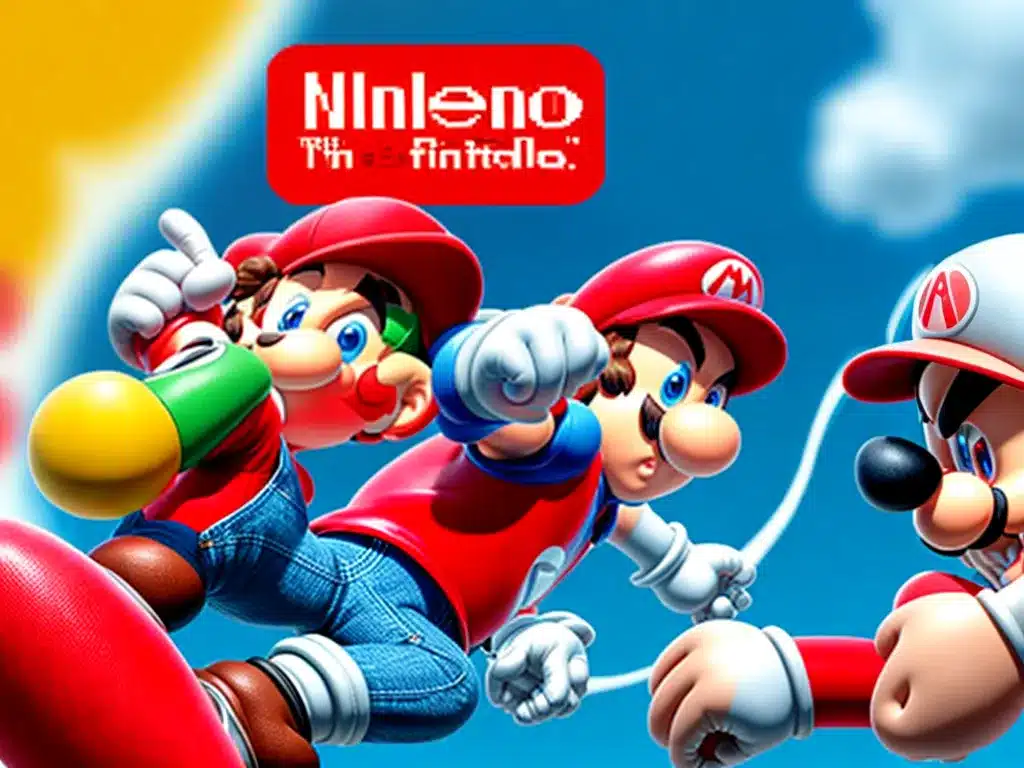
Nintendo at the Forefront: Their History and Future
Introduction
As an avid gamer and Nintendo fan, I have followed Nintendo’s journey closely over the years. From their humble beginnings as a playing card company in the late 1800s to their current position as an influential leader in the video game industry, Nintendo has shown impressive resilience, innovation and creativity. In this article, I will provide an in-depth look at Nintendo’s fascinating history, their impact on gaming, and what the future may hold for this gaming giant. There is no doubt that Nintendo has played a pivotal role in shaping the world of interactive entertainment.
Founding and Early Years
Nintendo was founded in 1889 by Fusajiro Yamauchi as a small business producing handmade hanafuda playing cards in Kyoto, Japan. For many decades, Nintendo focused on card games and toys while establishing itself as a prominent company in Japan.
It wasn’t until the 1970s that Nintendo made the pivotal move into electronic gaming. While maintaining success with popular card games, Nintendo also delved into experimenting with electronic toys and games using emerging technologies at the time. Some notable releases were the Beam Gun series, the Color TV Game consoles, and arcade games like EVR Race.
Though these products were moderately successful in Japan, Nintendo was still searching for their breakthrough hit. That defining moment came with the release of Donkey Kong in 1981. Developed by a then-unknown Nintendo employee named Shigeru Miyamoto, Donkey Kong took the world by storm and established Nintendo as a leader in the video game industry.
The Golden Age of the NES and Game Boy
Following the huge success of Donkey Kong in arcades, Nintendo set its sights on the home console market in North America. After the video game crash of 1983 led to a temporary decline in the console industry, Nintendo rebounded in 1985 with the release of the Nintendo Entertainment System (NES).
With the NES, Nintendo introduced now-iconic characters like Mario, Link, Samus Aran and Donkey Kong to millions of households. The NES console popularized the use of cartridges over discs and came bundled with Super Mario Bros, launching one of gaming’s most beloved and iconic franchises. Nintendo sealed its success by introducing revolutionary peripherals like the NES Zapper and accessories like the Power Pad. By the end of its lifecycle, the NES had sold over 60 million units worldwide and revitalized the home console market.
Nintendo continued their momentum in 1989 with the release of the Game Boy handheld console. The monochrome, brick-like design was less powerful than color handhelds of the time, but its lower price point, amazing battery life and stunning library of games made it an instant hit. Titles like Tetris, Super Mario Land and Pokémon Red & Blue made Game Boy a must-have gadget through the 90s and beyond. The Game Boy line of handhelds eventually sold over 200 million units total.
Ups and Downs in the 90s
Following the massive global success of the NES and Game Boy, Nintendo saw both highs and lows in the 1990s console battles. Their Super Nintendo Entertainment System successfully competed with Sega Genesis/Mega Drive on the back ofIPPROTO are designed to accommodate a lot of different _____ networks.












